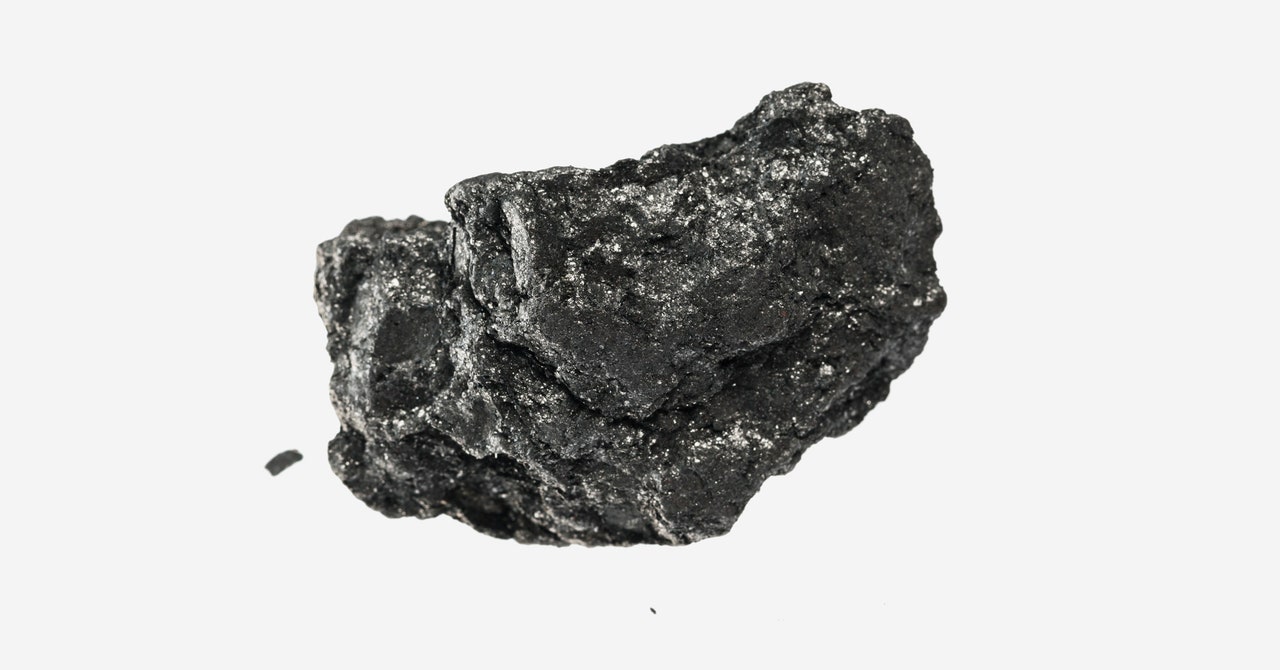
An ode, for a moment, to the anode, for it is so frequently overlooked. When a battery is powered up, lithium ions rush toward this positively-charged end and ensconce themselves there until the energy is needed. Originally, anodes were made from lithium metal. But lithium metal is unstable, and liable to explode in contact with air or water, so scientists tried out carbon instead. Over the years, they refined it into a material composed of hexagonal atomic rings—a lattice that could hold an abundance of ions, without the explodey-ness. That material is graphite, the same stuff found in the tip of a No. 2 pencil. It is often said that the cathode—that’s the other end of the battery—is where the magic happens. It’s home to an arrangement of metals like cobalt, nickel, and manganese. But each of those metals is negotiable, depending on the specific battery design. Humble graphite isn’t. It helps define how much energy a battery can hold, and how fast it charges up.
And if the anode itself is overlooked, so is its carbon footprint. As with other battery materials, automakers rely on estimates to determine the environmental cost of graphite’s globe-spanning journey before it ends up inside a car. But a pair of recent studies suggest that those estimates are woefully out-of-date and undercounted, failing to include the energy-intensive processes required to produce modern, anode-ready graphite. Those bad estimates are undermining efforts to clean up the supply chain for electric vehicles. “The same thing kept coming up again and again,” says Robert Pell, CEO of Minviro, a consultancy that works with electric car companies on environmental assessments. “Everybody cares about the cathode, but the reality is we knew the impact of the anode was significantly underestimated.”
Electric vehicles are, by and large, greener than their gas-combusting counterparts. Plugging them in creates emissions because it taps into a dirty electricity grid, but on the whole, the grid is getting greener, and going electric is already a lot better than exploding gallon after gallon of gasoline. It’s the raw materials for the battery that are harder to decarbonize. The cathode indeed has the biggest environmental consequences—including both carbon emissions and the ecological and human rights harms of mining minerals like lithium, nickel, and cobalt. In some cases, car companies have tried to kick their dependence on cobalt and nickel by swapping them out for other metals.
But graphite shouldn’t get a pass, says Pell, an author of one of the two studies. The results illuminate the problems with how corporations measure their carbon emissions, especially the critical component of “Scope 3.” That’s usually the biggest chunk, including all the energy a company doesn’t consume directly. For an automaker, that includes the carbon emitted by the vast supply chains that produce components, including batteries, and the carbon involved in getting energy into the charging cable. But it’s tricky to take stock of. Go back deep enough into the supply chain, all the way back to the processing of raw materials, and the specifics get fuzzy, the true energy demands opaque.
This is particularly true for graphite. The second study, published earlier this year by researchers at the Technical University of Braunschweig and Volkswagen, included a litany of assumptions and caveats found in previous estimates for graphite carbon emissions. Some of the most popular references used to calculate climate impact inferred details from old manufacturing manuals and borrowed corollaries from processing other materials, like aluminum. Others simply took estimates for other carbon-based materials, and did not factor in the uniquely intensive refining steps needed to rearrange the atoms into graphite.
Pell’s research started with jotting down some back-of-the-envelope calculations. It helped to know that more than 90 percent of graphite for anodes comes from China, and the bulk of that from the northern Inner Mongolia region, where energy is cheap but depends largely on coal-fired power plants. Knowing the approximate carbon intensity of the power supply, he began mapping out the laborious steps for turning that graphite into anodes.
